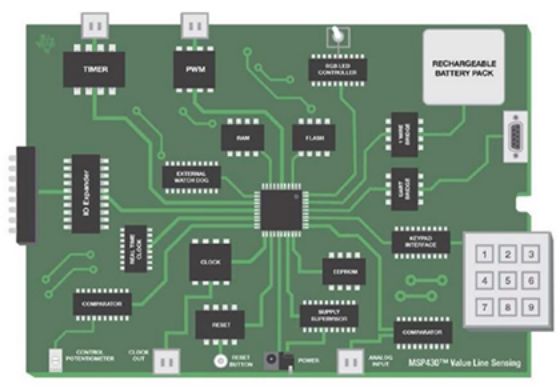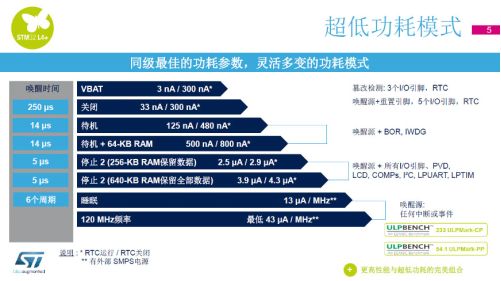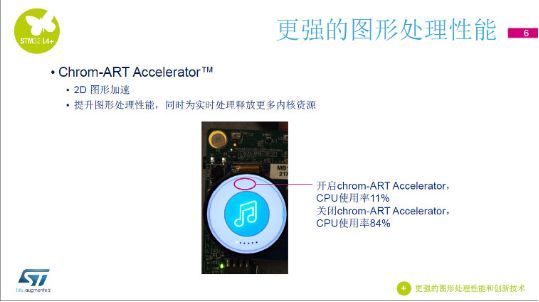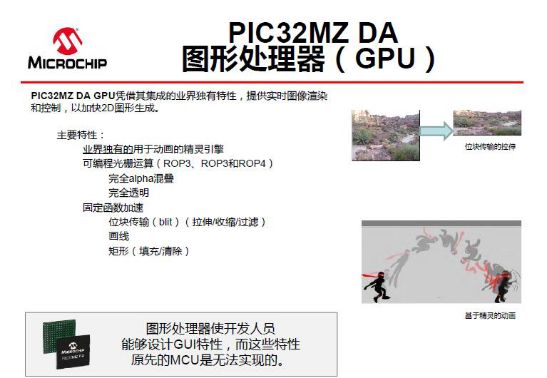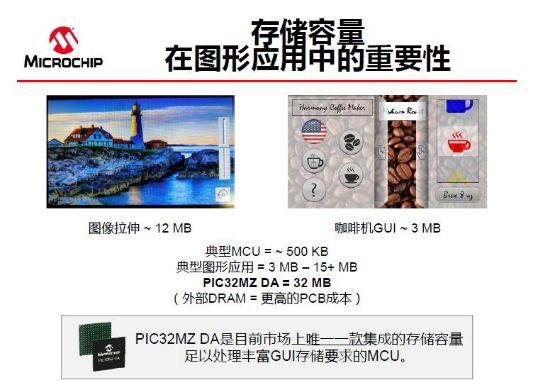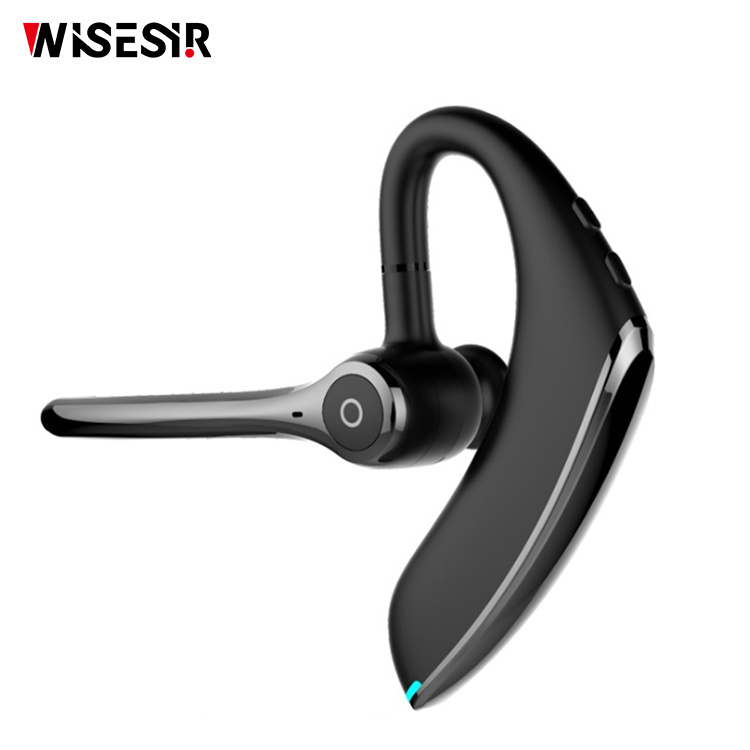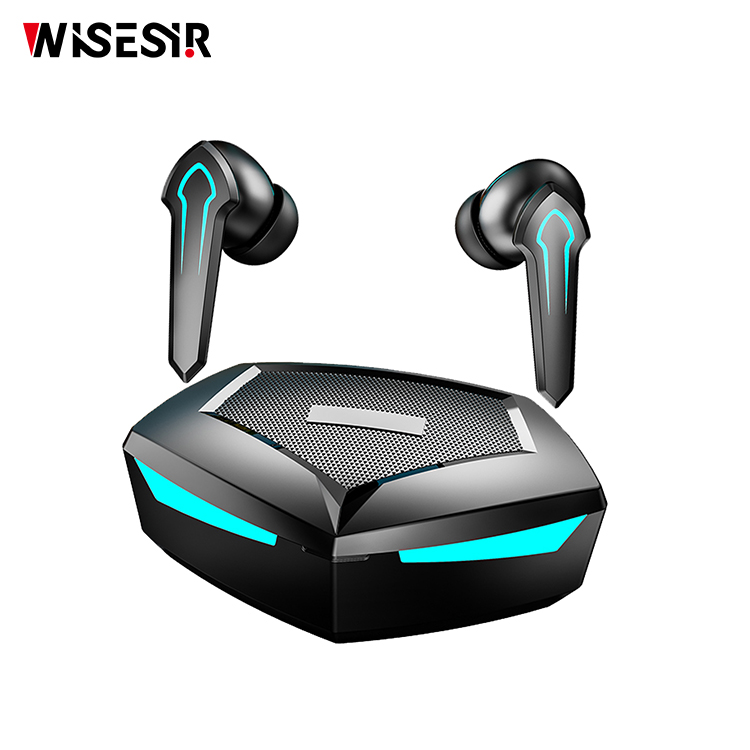For engineers to get an MCU at the first glance, it's hard to get a performance boost just by pure performance. There is only one trick that manufacturers can use, and that is differentiation. All-rounder With such an MCU, the price/performance ratio has been pushed to the extreme. With a price of only 25 cents, it can achieve 25 functions. This is TI's MSP430 MCU, which allows developers to implement simple sensing solutions with a variety of integrated mixed-signal capabilities, for a total of 25 types. You may be more concerned about which 25 different functions you can implement. According to Yong Yong, an MSP microcontroller business development manager from Texas Instruments China, 25 different functions are divided into four major types: timer-related functions, circuit-related functions, pulse-width modulation, and The function of communication. Specifically, the MSP430 has six different timer functions, including: implementation of an external RTC with a backup memory function, a 7-segment LED stopwatch, an external programmable watchdog timer, a programmable system wake-up controller, and a real-time clock based The system wakes up the controller and the voltage controller is time stamped. Pulse width modulation features include: analog input, PWM output, dual output 8-bit PWM DAC, servo motor control, stepper motor control, UART software control RGB LED color mixing. System functions include ADC wake-up and transfer thresholds, EEPROM emulation, low-power hexagonal buttons, quadrature encoder position counter, hysteresis comparator with UART, multi-function reset controller, single-slope analog-to-digital conversion technology, tamper detection, Programmable clock source, programmable frequency locked loop. The communication functions include: single-wire communication host, SPI IO expander, UART to UART bridge, UART system to SPI bridge. The secret to achieving this versatility is TI's creation of a library of code examples for 25 common system-level functions, including timers, input/output (I/O) expanders, system reset controllers, and electrically erasable programmable read-only memories. (EEPROM) and so on. To help users understand and use these features, TI has produced an electronic version of the manual that contains 25 short application notes with a source code link. In a matter of minutes, the source code can be compiled, downloaded and run on the MSP430 Value Sensing Series MCUs. Functionality can be tailored to specific application requirements, significantly reducing time to market. Figure 1 shows the peripherals of the MSP430. Some discrete-function integrated circuits, such as external monitors or real-time clock ICs, can be replaced with corresponding functions of these peripherals. If multiple integrated circuits or functions (such as timers or PWMs) are used, multiple functions can even be combined to meet the design application requirements, thus reducing the workload and board space. Figure 1 MSP430 rich peripherals Low-power experts Opposite to the all-around player is the expert player, for example, the lowest power consumption, the representative is STMicroelectronics STM32 L4 +. According to Bertrand Denis, product line manager of STMicroelectronics' microcontroller product line STM32, the STM32L4's clock frequency introduced two years ago is 80MHz, while the latest STM32L4+ clock frequency has reached 120MHz, an increase of 50%. Figure 2 The ultra-low power mode of the STM32L4+ The emphasis here is on the importance of the STM32L4+'s power consumption is still at an ultra-low level while the performance is significantly increased. In different operating modes, the STM32L4+ achieves ultra-low power consumption. At a maximum operating mode of 120 MHz, the power consumption per megahertz is only 43 microamperes. If you compare STM32L4+ with the generic product F4, the F4 is about 100 to 120 μA per megahertz. From F4 to L4, power consumption is reduced to one-third. In addition to the operating mode, the STM32L4+ also offers more diversified operating modes. For example, in the lowest power mode, if battery-powered, there are only 3 pins, there is RTC at work, RTC can wake up, if RTC works, power consumption is about 300nA, if RTC is turned off, only 3nA , so this system is very power-efficient. Figure 3 STM32L4 + image processing capabilities Bertrand Denis said that although the STM32 L4+ is a low-power product, it has powerful graphics performance. He showed an animated video based on STM32 L4+ and the animation was very smooth. Under normal circumstances, such animations cannot be supported on low-power MCUs, but the STM32 L4+ can do so because L4+ has a Chrom-ART Accelerator, which is a graphics accelerator. In addition, the L4+ clock frequency is 120 MHz, and the performance is good enough. Therefore, L4+ can provide this capability when the user needs to implement some very dazzling animation, or a very beautiful human-machine interface. Moreover, such an animation only accounts for 11% of the CPU resources, and nearly 90% of the CPU's capabilities can also handle other real-time applications. At the same time, STM32 L4+ can support multiple interfaces, such as MIPI-DSI, which is currently used in mainstream mobile phones, smart watches, and wearable devices. There is also a traditional LCD-TFT, as well as a parallel display interface. The STM32 L4+ also optimizes Chrom-GRC memory for round display features, allowing users to use SRAM memory in a more economical manner to accommodate the transition from a square screen to a circular screen in the smartwatch market. In order to help customers to more easily evaluate STM32 L4+ and develop STM32 L4+-based projects, ST provides a diversified development board. From the cheapest STM32 Nucleo development board to the most complex STM32 CubeMX, L4+ software is integrated, allowing users to quickly generate the project files based on this software. Cube software contains all the L4+ requirements, users only need to write their own applications. In the Cube, contains the most basic underlying driver and some middleware, users only need to focus on their own user code, logic flow, in the logic flow, when you need to use these peripherals to call, can greatly simplify the user The development process. Have the best IoT gene The MCU comes with the IoT attribute. This is most evident in the SimpleLink MCU. TI introduced Ethernet connectivity for SimpleLink, which is already good at wireless connectivity, and created a hardware, software and tools platform for a single development environment for wired and wireless MCUs that can help developers easily connect sensors from the gateway to the cloud. The new SimpleLink MSP432TM Ethernet MCU is based on the high-performance 120MHz Arm® Cortex®-M4F core with integrated MAC and PHY, helping to shorten time-to-market for grid infrastructure and industrial automation gateway applications. “We greatly value the use of the Internet of Things. According to the data provided by Gartner and IHS, the number of devices connected to the Internet of Things this year is about 8.4 billion. By 2020, this data will reach more than 20 billion. By 2025, it will be about 2025. To 75 billion, so the growth of Internet of things equipment is very fast, how to manage the node of the IoT sensor, in fact, is placed in front of a lot of challenges in the Internet of Things companies, "Zhao Yong explained the reasons for strengthening the SimpleLink series. This series includes 432 MCUs, mainly used as host control; there are also different wireless SOCs, including Bluetooth SOC, such as CC2640, dual band CC135 and our Sub 1GHz CC1310, and Wi-Fi SOC CC3220, And Wi-Fi network processor 3120. Based on a common foundation of shared drivers, frameworks, and databases, the new software development kit for the SimpleLink MCU platform enables scalable products with 100% code reuse. Each device in the portfolio integrates numerous features such as And processing high-precision analog signals, enhance the system with higher security, enhance long-range communication, or extend battery life for several years in sensor nodes powered by a single button cell. Using the SimpleLink wireless MCU, designers can connect up to 50 safety sensor nodes to the gateway to create a wireless sensor network. Gateways based on the SimpleLink Ethernet MSP432E4 MCU can act as a central management console, process and summarize data, and send data over the Ethernet to the cloud for additional data analysis, visualization, and storage. Companies that develop such gateways can work with existing wired devices when adding the latest wireless connectivity technologies. The MCU also has a GPU The MCU is the control core of the electronic product, and the GPU is the master of the image world. There has been little intersection between the two before. However, with the upgrade of the application, these two products have also begun close contact. This is the industry's first MCU with an integrated 2D graphics processing unit (GPU) and up to 32 MB of integrated DDR2 memory. The 32-bit PIC32MZ DA provides MPU-like graphics capabilities that fill the gap between the MCU and the microprocessor unit (MPU). Graphical performance gap. "This series has created many industry firsts. For example, for the first time, 2D GPUs have been integrated, and 32 MB DDR2 memories have been integrated for the first time." Bill Hutchings, Senior Product Marketing Manager of Microchip's 32-bit Microcontroller Products Division, proudly stated, "In terms of humidity This product is suitable for applications where the requirements for graphics processors are high, such as scanners and scanners." In the era of IoT, the demand for graphic processing of electronic products has been increasing. Many terminal products are equipped with LCD controllers. This is not only the various home appliances that we meet daily, but also other fields. The PIC32MZ DA Series provides a 3-layer graphics controller capable of driving a 24-bit color SXGA display. The three layers referred to here are all independent. Taking a coffee machine as an example, in the control interface, the first layer is used to build the button, is transparent, the second layer is used to display the background, and the third layer is used. To increase special effects, three layers of superposition, it will show a very three-dimensional effect. The graphics controller core supports up to 24-bit color depth, multiple input and output formats, a global palette lookup table (CLUT), supports 256 colors, and an integrated DMA controller that reduces CPU load. The graphic controller simplifies the design difficulty of the developer, and the GPU can develop a GUI that cannot be realized by the original MCU. The PIC32MZ DA's built-in 2D GPU provides real-time image rendering and control. “We have industry-specific sprite engines for animation, as well as programmable raster operations and fixed-function acceleration,†Bill Hutchings said, giving the user a very good image sensory experience. In particular, he pointed out that because with 32M of memory, PIC32MZ DA can easily achieve image stretching, which requires about 15M of memory, for the previous MCU, basically unthinkable. Of course, integrating DDR2 DRAM is still to save user costs and reduce risk. Bill Hutchings explained: First of all, this can reduce the number of layers on the board: Second, because it is integrated with other parts of the system, it makes code and data more secure. The goal of Microchip's development of this series is aimed at systems that require advanced human-computer interaction. This is not just for coffee machines. For example, in the power system, the requirements for HMI are very high. There are other industrial fields, and the graphical interface is becoming more and more popular. . Conclusion The competition of MCU is not only the competition of the kernel, the peripheral and supporting development environment are the contestable position of the manufacturer. How to make an MCU have its own personality is the ultimate password that stands out in the market.
Bluetooth Headphone
Bluetooth headpone also call bluetooth earphone or bluetooth earbuds,which is a headset that provides a two-way connection to the user's cellphone via Bluetooth. Fitting in one ear only, the part that is pressed slightly into the ear canal typically comes with removable small, medium and large tips.
Best Wireless Headphones,Bluetooth Head Phones,Noise Ear Buds,Best Earbuds for Running Pogo Technology International Ltd , https://www.wisesir.net